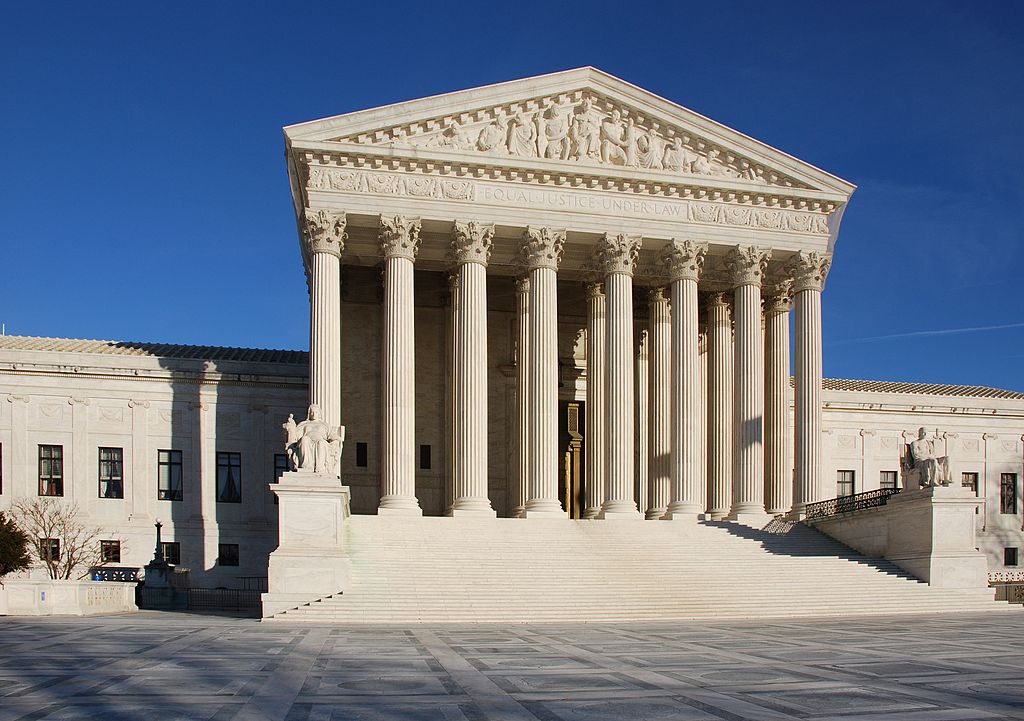On October 13, the U.S. Supreme Court agreed to hear United States v. Arthrex Inc., a case involving the president’s appointment and removal power and whether administrative patent judges (APJs) are principal officers of the United States who must be appointed by the president and confirmed by the U.S. Senate.
After losing a patent dispute before three APJs, Arthrex, Inc. appealed their decision to the U.S. Court of Appeals for the Federal Circuit. Arthrex argued that the APJs were principal officers and that allowing the secretary of commerce to appoint them violated the Appointments Clause in Article II of the U.S. Constitution. The Federal Circuit ruled in Arthrex’s favor, holding that the removal protections APJs enjoy as members of the federal civil service makes them principal officers who must be appointed by the president, not the secretary of commerce.
To resolve what they saw as an unconstitutional process, the Federal Circuit ruled that federal removal protections could not apply to APJs moving forward. The court’s opinion states that making the APJs removable at-will changes them into inferior officers and allows the secretary of commerce to appoint them.
The U.S. government appealed the decision of the Federal Circuit. Former Solicitor General Noel Francisco argued that the U.S. Supreme Court should review the case because the Federal Circuit’s decision found “a constitutional infirmity in the statutory framework that governs more than 200 agency adjudicators, in an agency that administers intellectual-property rights affecting vast swaths of the Nation’s economy.” He also argued that the Federal Circuit was wrong to conclude that APJs were principal officers that needed to be appointed by the president and confirmed by the U.S. Senate.
The Appointments Clause of the U.S. Constitution gives the president the power, with the advice and consent of the U.S. Senate, to appoint ambassadors, public ministers and consuls, justices of the Supreme Court, and other officers of the United States. The clause allows Congress to give authority to the president alone, courts, or department heads to appoint inferior officers.
Debates over the extent of the appointment and removal power and how it applies to those who work in federal agencies are part of a broader debate about executive control of agencies. Executive control of agencies is one of five pillars key to understanding the main areas of debate about the nature and scope of the administrative state.
To learn more about the case or the appointment and removal power, see here:
United States v. Arthrex Inc.
Appointment and removal power (administrative state)
Additional reading:
Five pillars of the administrative state: Executive control of agencies
Arguments in favor of strong executive appointment and removal power
Arguments against strong executive appointment and removal power
Reform proposals related to executive appointment and removal power
List of scholarly work pertaining to executive appointment and removal power
Link to the October 13 SCOTUS order list:
https://www.supremecourt.gov/orders/courtorders/101320zor_8m58.pdf
Link to the U.S. Government petition for certiorari:
https://www.supremecourt.gov/DocketPDF/19/19-1434/146330/20200625125505259_19-___%20-%20USA%20v.%20Arthrex%20%20USA%20v.%20Polaris%20Petition.pdf
Link to the Federal Circuit opinion:
https://casetext.com/case/arthrex-inc-v-smith-nephew-inc-2021


